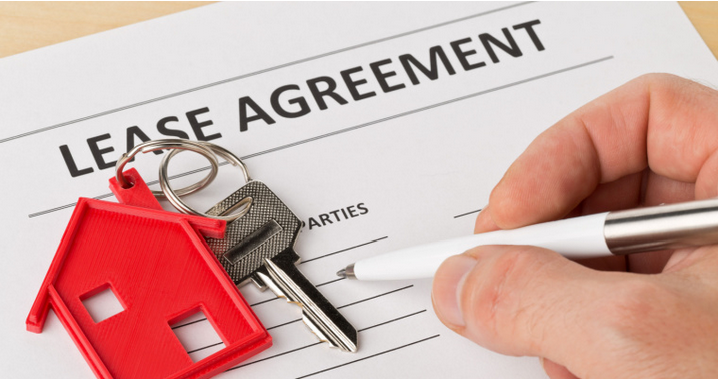A connecticut lease agreement is a legally binding deal from a landlord along with a renter, outlining the conditions and terms for renting a house. Whether you’re a landlord renting from the house or even a tenant looking for a destination to stay, comprehending the crucial aspects of a lease arrangement is crucial. Here’s what you need to know:
1. Lease contract Conditions: In Connecticut, rent conditions typically work for just one year, nevertheless they may vary. Some property owners may provide smaller or longer lease conditions dependant upon their tastes and the requirements of the tenant. It’s essential to know the duration of the hire and any conditions for revival or termination.
2. Hire and Security Put in: The lease agreement should clearly express the monthly lease sum and whenever it’s expected. Additionally, Connecticut rules restrictions security build up to 2 months’ rent payments for unfurnished products and three months’ lease for furnished units. Landlords must provide renters by using a written receipt for the security put in.
3. Duties of Property owner and Tenant: The lease contract should summarize the responsibilities of the two of you regarding maintenance, improvements, utilities, along with other elements of residence control. Landlords are often accountable for maintaining your property in habitable issue, while tenants are accountable for keeping cleanliness and informing the landlord associated with a fix problems.
4. Pets and Subletting: When you have household pets or decide to sublet your property, make sure you discuss these issues with all the property owner before signing the rent. Some property owners could possibly have limitations or need additional fees for animals, although subletting might be restricted or made it possible for with approval.
5. Termination and Renewal: Know the phrases for terminating the lease contract early, like giving observe and prospective penalties. Additionally, know your rights relating to rent renewal as well as any changes on the terminology or rent payments.
6. Legitimate Protections: Connecticut law provides various protections for property owners and tenants. Get to know the state’s landlord-tenant laws to know your proper rights and responsibilities underneath the lease agreement.
7. Composed Contract: A lease contract agreement ought to always be in writing to avoid misconceptions or disputes. Be sure to see the hire very carefully prior to signing inquire about clarification on any terminology you don’t fully grasp.
In summary, a home rent arrangement in Connecticut is the central papers that governs the landlord-renter relationship. By comprehending the key elements of the rent arrangement and being aware of your proper rights and responsibilities, you are able to ensure a smooth renting expertise.
